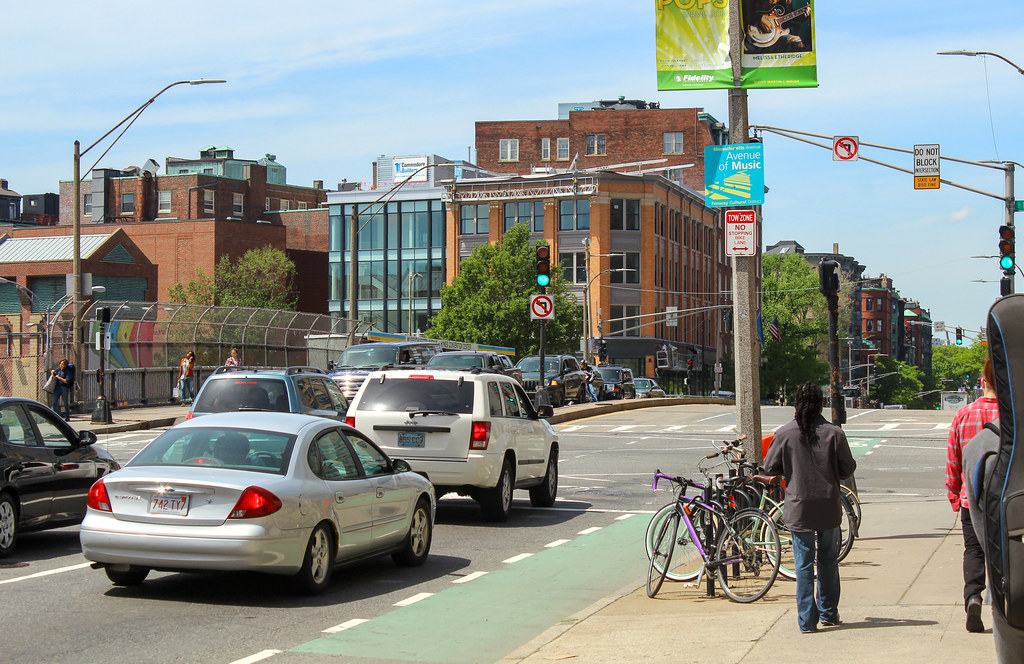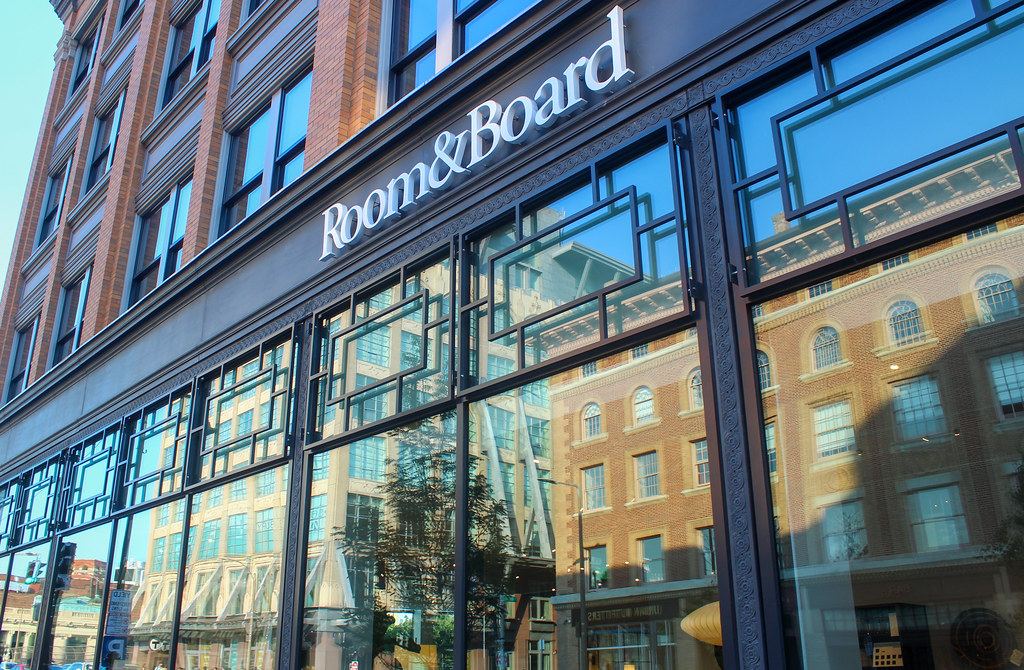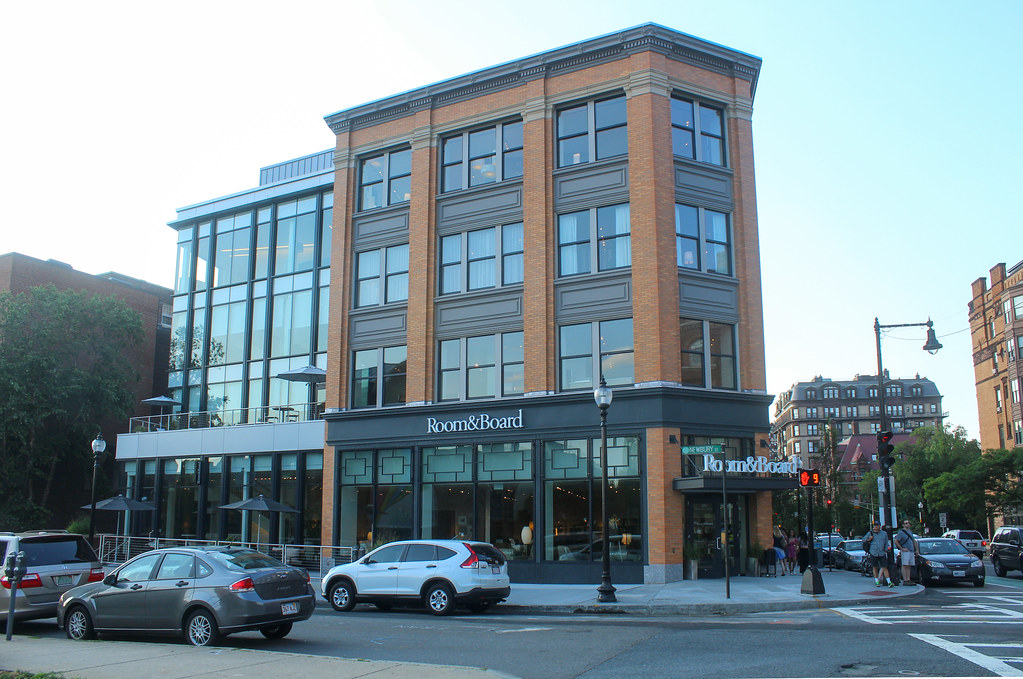Dave, you normally rail against facadectomies. I'm curious why you think this is better?
(I'm not baiting or anything. I respect your opinion - I get the impression you're an architect).
This is somewhat the opposite of one; instead of salvaging the facade and tearing down the building behind, they scrapped 99% of the facade but kept the bones of the building behind it, although severely altered.
As a preservationist, I think what they did here is just as bad as a facadectomy. You loose all the rich evidence that is encased within the walls, the story the building tells to someone who looks. You also loose all of the craftsmanship originally put into it, and all the the energy to make the materials. The Standards for Historic Preservation mandate anything salvageable be salvaged, anything repairable be repaired. Replacement should be the very last option. What they did here was lazy.
That being said, the craftsmanship on the rebuild/replica is fantastic. As someone who's done some construction (and yes, I'm also a trained designer) its blowing my socks off. It's probably the best the building has looked in 100 years.
So, I guess my awe at what a great job they are doing rebuilding the facade is winning over the preservationist in me that is appalled at the blatant disregard for the historic fabric. It's a nice reversal, I was seething when they first started the project.









